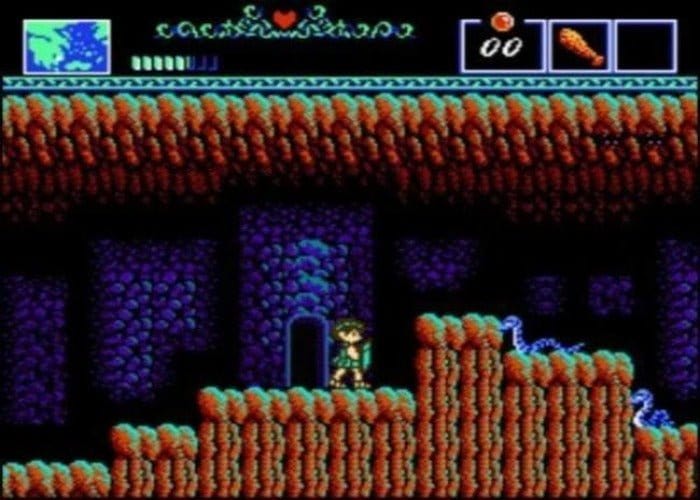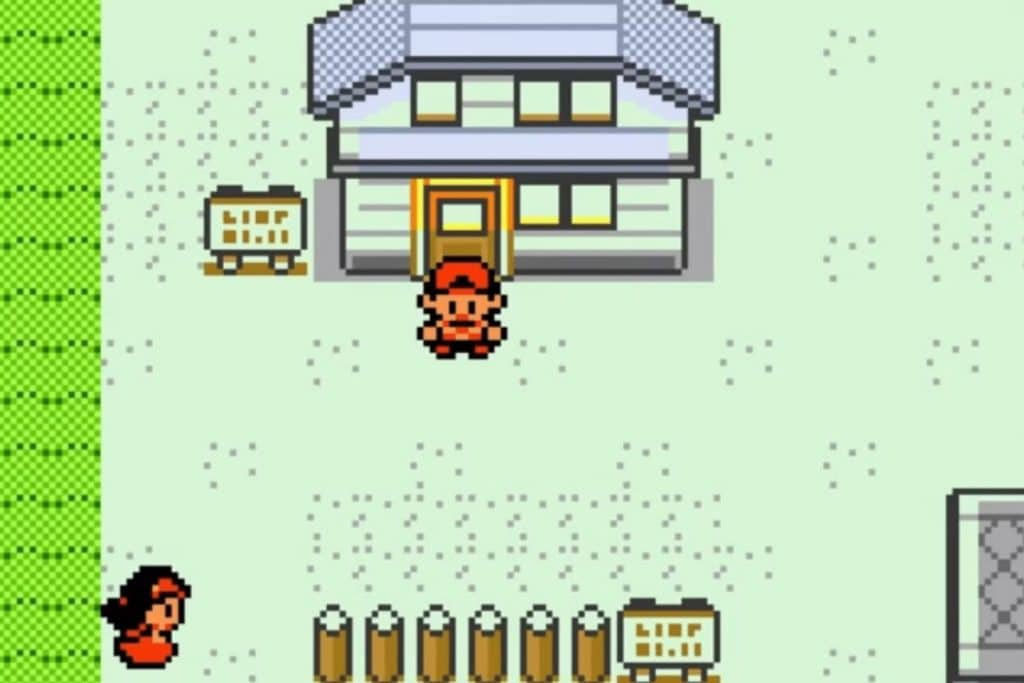Countless video games of varying style, quality, and complexity have been released over the last five decades, with many standing the test of time despite their perceived graphical and functional limitations. What follows is a quick selection of video games that will thrill audiences with joy, intrigue, and even a little challenge regardless of their age brackets or familiarity with older gaming properties.
Top 10 Classic Video Games That Still Hold Up

10. The Battle of Olympus (NES, 1988)
A lesser-known video game for the Nintendo Entertainment System (NES), The Battle of Olympus is a flawed but entertaining derivative of the controversial second title of the now-extremely popular and successful Legend of Zelda series, Link’s Adventure. While the game is fairly rudimentary in design and gameplay, the use of Greek mythology as a central theme and (loose) backstory makes for a very charming adventure.
9. Super Mario Bros. 3 (NES, 1990)
Initially released a year prior in Japan, and infamously “previewed” in the 1989 film The Wizard, Super Mario Bros. 3 is often acknowledged as the perfection of the formula established in the previous titles Super Mario Bros. (1985) and Super Mario Bros. 2 (1988). The game introduced notably larger levels and various new gameplay gimmicks, as further refined in the following title, Super Mario World (1990).
8. Mega Man X (SNES, 1994)
Originally released in Japan a year prior as Rockman X, this video game was designed as an “evolutionary” leap forward in the established design of the first six Mega Man titles released for the NES: players are again tasked with selecting and taking on eight bosses following a sort of “rock-paper-scissors” elemental system of weapons gained from their defeats. However, Mega Man X was not only a larger (and, obviously, more visually impressive) title than the six previous NES games but began a short streak of increasingly better sequels – with many heralding Mega Man X4 (PSX/Saturn, 1997) as the series’ zenith.
7. Sonic the Hedgehog 3 & Knuckles (Genesis, 1994)
First released as two video games within the same year on the Sega Genesis console – Sonic the Hedgehog 3 in the spring and Sonic & Knuckles in the fall – due to extenuating development and scheduling issues, an innovative “lock-on” feature was built into the cartridge of the latter. While both are designed to be playable as separate games, this feature allowed for the connection of their internal coding to unlock Sonic the Hedgehog 3 & Knuckles: the complete form of an initially singular release that completely dwarfed the scale and complexity of the first two Sonic the Hedgehog titles.
6. EarthBound (SNES, 1995)

Released in 1994 as Mother 2 in Japan (itself being a sequel to the 1989 game Mother), EarthBound gained an immensely loyal following due to its extremely quirky characters and storytelling, as supplemented by its modern (and ostensibly American) setting despite being a traditional roleplaying game (RPG) such as Final Fantasy or Dragon Quest. Similarly known for featuring surprisingly deeper and darker plot elements than first impressions would suggest, as further pushed in the still yet to be localized sequel Mother 3 (2006) for the Game Boy Advance (GBA).
5. Castlevania: Symphony of the Night (PSX, 1997)
By no means an underrated video game from an obscure franchise, the massive praise given to Symphony of the Night is well-justified in its gorgeous visual and audio presentation, as supported by its then-unique utilization of one large, seamlessly connected area to explore in lieu of traditional “stages” like in previous Castlevania titles. The sheer scale and exploration of Dracula’s castle is undeniably fun and engaging, as is the wonderful diversity of locations and enemies (including the bizarre and outrageously grotesque “Granfalloon” boss that needs to be seen to be believed).
4. Resident Evil 2 (PSX, 1998)
While the original Resident Evil from 1996 was admittedly a bit hard to take seriously with its notoriously cheesy voice-acting, awkward use of full-motion video (FMV) cutscenes, and rough implementation of then-awkward 3D movement and gameplay, the inevitable sequel was a perfect follow-up that is arguably the Resident Evil series’ crown jewel in terms of sheer expectation and delivery. Resident Evil 2 not only featured a much more detailed and cinematic video game but also utilized an interesting use of interconnecting “A” and “B” scenarios between both protagonists that essentially provided four campaigns with unique story events and character moments.
3. Shenmue (Dreamcast, 2000)
Developed and released as a “killer app” title for the Sega Dreamcast console following its release in the late 199os, Shenmue served as the first chapter of a (sadly, still unfinished) epic detailing Japanese martial artist Ryo Hazuki’s quest to avenge the death of his father by a ruthless Chinese crime lord named Lan Di. While this video game is often seen as archaic in its design, presentation, and functionality, Shenmue arguably pioneered many elements of more modern “open world” games including: a night and day cycle, optional side quests with varying outcomes, and necessary interaction with fleshed-out nonplayable characters (NPCs) to progress the overarching story.
2. Pokémon Gold, Silver, & Crystal Version (GB/GBC, 2000/2001)
Following the historic success of the 1998 Western debut of the Pokémon Red and Blue duology for the Game Boy (GB) – and the 1999 release of the updated Pokémon Yellow – the wait for a sequel to the initial “one game in two” would be over in 2000 with the release of Pokémon Gold and Silver for the Game Boy Color (GBC). Gold and Silver were seen at the time as a massive step up in the presentation and content of Red and Blue, with the 2001 release of the similarly updated Pokémon Crystal adding even more features to the fold.
1. Shadow of the Colossus (PS2, 2005)

Despite being the “newest” video game listed here, Shadow of the Colossus has been with us for nearly 20 years and remains a much-beloved, discussed, and analyzed work of art transcending many traditional notions of gaming narratives and mechanics. The setting of Shadow of the Colossus is eerily beautiful and barren, with the titular colossi serving as the game’s sole challenges outside of simply finding them in the wilderness and traversing to their locations: everything else is merely implied (including mysterious connections with the games ICO and The Last Guardian).


